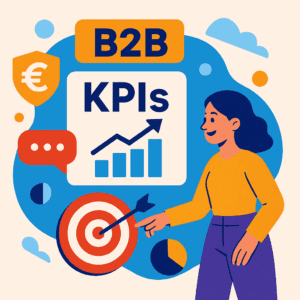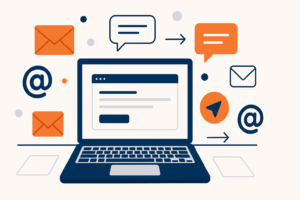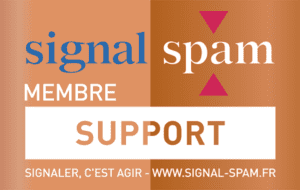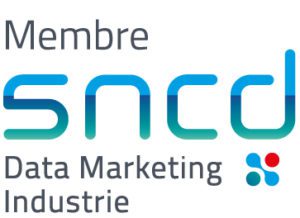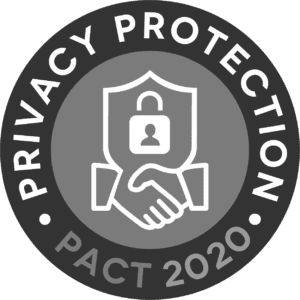One of the great challenges for e-mail marketers is to find the perfect formula for sending branded messages. Your e-mails need to arrive at the right time, be addressed to the right people and say the right things.
Finding this balance involves many different factors, but it all starts with the use of email segmentation within your campaigns.📊
What is Segmentation in Email Marketing?
Definition and significance
Segmentation in email marketing involves dividing your subscriber list into smaller groups or segments based on specific criteria. These criteria can include subscriber behavior, personal preferences, geographic location, or purchase history. The aim is to personalize your messages so that they resonate more strongly with each segment.
However, your e-mail performance will suffer if you don’t target the right people with your messages. Email segmentation allows you to take your contact list and group your audience into smaller categories. Your groups will contain fewer contacts, but you’ll be able to send them more relevant information, improving the likelihood of them engaging or converting. 💡
Marketers claim that segmented e-mail campaigns generate 760% more revenue.💰
There are many different ways to segment your mailing lists
While there are many ways to segment your email audiences, some of the simplest methods involve grouping your contacts by:
- Behavioral Segment according to interactions with your previous e-mails, for example, those who clicked on a specific link.
- Demographics Age, gender, education level, etc.
- Geographic Country, region, city.
- PsychographicInterests, attitudes, values.
- Purchase history Purchase frequency, average order value.
When it comes to segmentation in the context of BtoB (Business to Business) marketing, the criteria differ from those used in BtoC (Business to Consumer). Segmentation in BtoB is crucial to effectively target commercial communications and offers, taking into account the specific needs and characteristics of customer companies.
Business sector
- Why it’s important: Understanding the customer’s business sector helps to tailor marketing messages and product or service offers.
- Application: Customized messages depending on whether the company operates in technology, healthcare, education, etc.
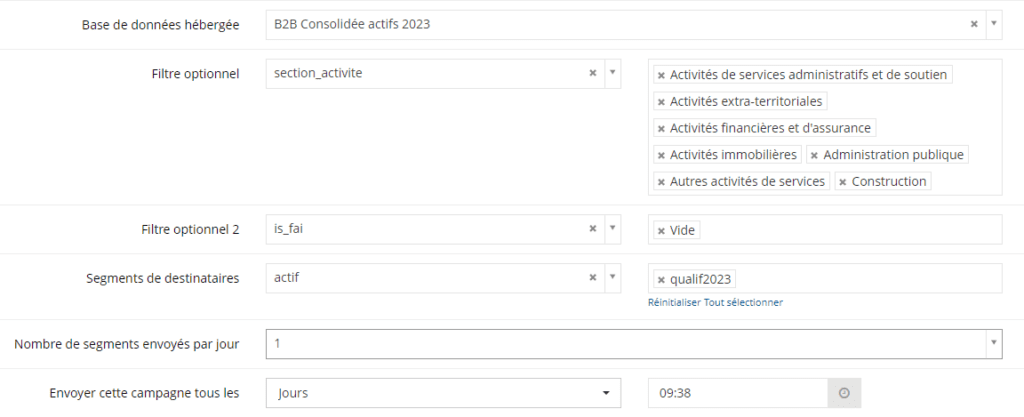
Company size
- Importance: The size of the company (small, medium or large) influences its needs, budget and decision-making capacity.
- Application: Different offers for startups than for multinationals.
Geographical location
- Importance: Geographical location can affect a company’s needs, particularly in terms of logistics, local regulations and corporate culture.
- Application: targeted campaigns by region, country or even city.
Corporate Life Cycle
- Importance: Knowing whether a company is starting up, growing, maturing or declining can influence how it responds to offers.
- Application: Products or services adapted to the company’s stage of development.
How to measure e-mail segmentation
If you use e-mail segmentation correctly, you should notice an improvement in the performance of your core e-mail marketing metrics.
- Open rate: A good subject line is still the best way to generate e-mail opens, but segmented audiences will be more likely to open the e-mail if the subject line indicates that it’s relevant to them.
- Click-through rates: Email segmentation allows you to tailor your email copy specifically to your audience. Simply localizing the content of your e-mail can improve click-through rates up to 13%.
- Unsubscribe rate: Contacts unsubscribe from e-mails when they feel that the content is not relevant to them, or is not what they expected to receive. You can use e-mail segmentation to ensure that the right people receive your messages.
All these metrics can be easily tracked using your messaging service provider’s dashboard and basic reporting tools.
Does it really matter?
Email segmentation is essential if you want to run a successful marketing campaign. You need to divide your audience into groups before planning an e-mail, so that you can tailor your strategy and message specifically to the problems and needs of that individual segment.
However, just because you segment your emails doesn’t mean you’ll have a winning campaign. Segmentation is only one piece of the puzzle. Even if you’re reaching the right people, you still need to make sure you’re sending them relevant messages at the right time. Focus on the customer journey for each segment when creating your campaigns.



